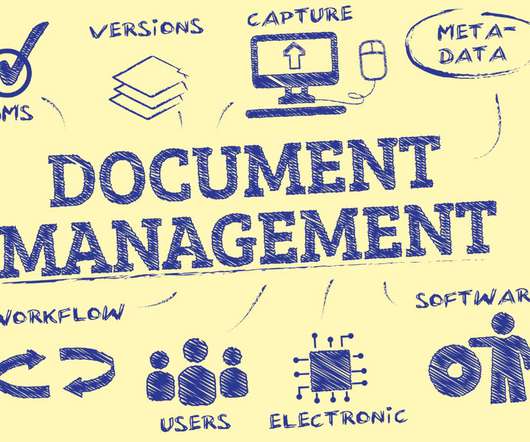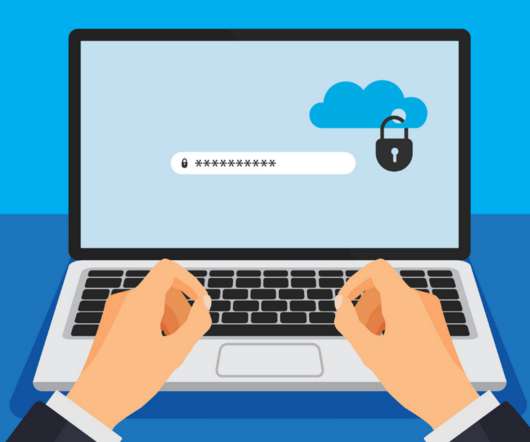Employee Files: What to include, what to leave out, and what’s confidential
BMT Office Administration
JULY 3, 2023
Besides that, your confidential medical records will let you know if any team members have disabilities that you need to consider when planning and assigning tasks. If so, then you’ll definitely want to have the proper documents on-hand to defend your managers. Here’s what you’ll need to include in your confidential employee files.











Let's personalize your content